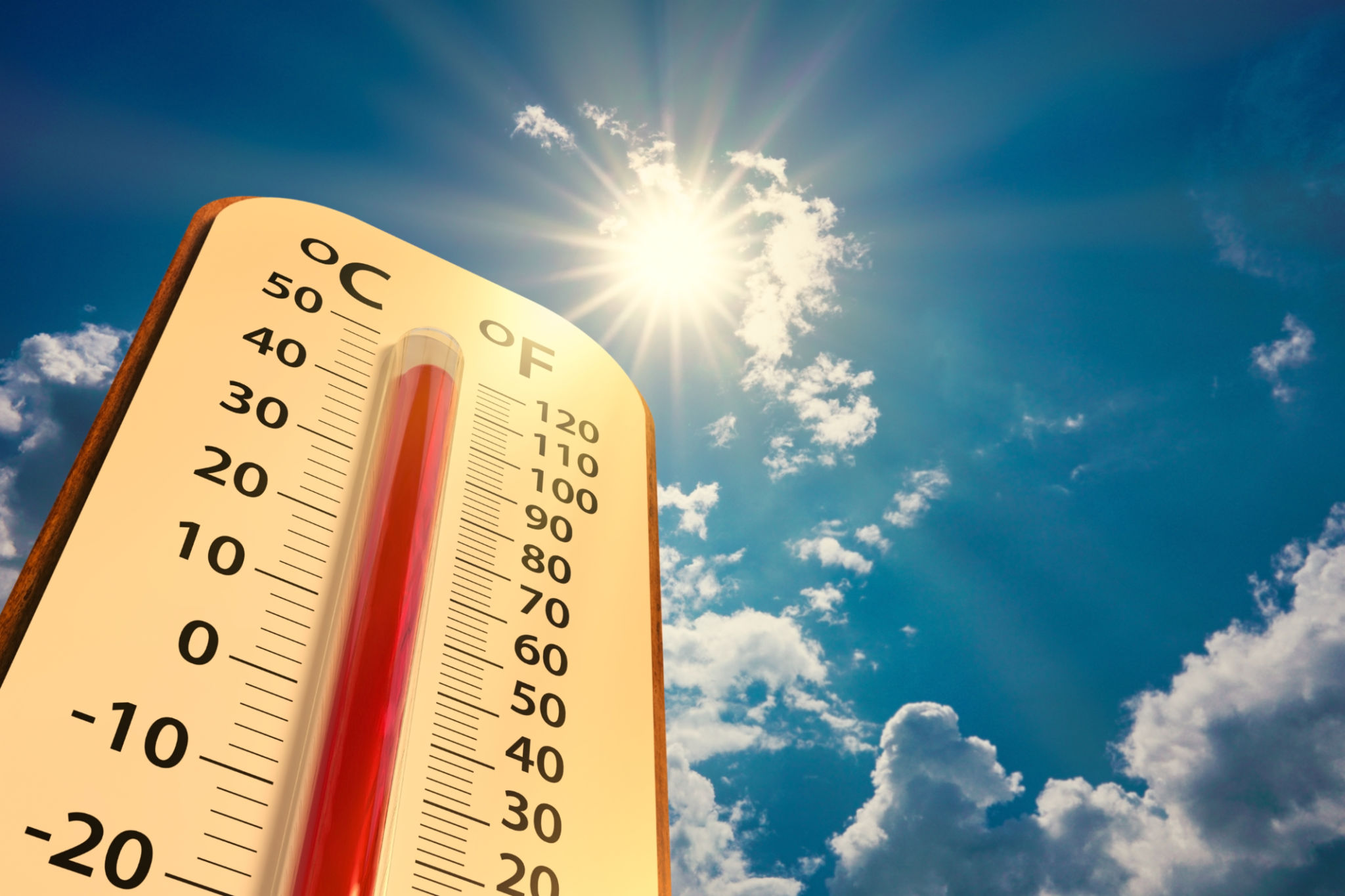How to Maintain Your Hardware in Harsh Environments
Al
Understanding the Challenges of Harsh Environments
Maintaining hardware in harsh environments can be a daunting task. These environments can include extreme temperatures, high humidity, dust, and even exposure to corrosive substances. Such conditions can drastically affect the performance and lifespan of your equipment. Understanding these challenges is the first step towards ensuring the longevity and reliability of your hardware.

Whether you are operating in an industrial setting or an outdoor location, it's crucial to recognize the specific environmental factors that could impact your hardware. This awareness allows for the implementation of effective protective measures that can mitigate potential damage.
Implementing Protective Measures
To safeguard your hardware, implementing protective measures is essential. Begin by investing in high-quality enclosures that can shield equipment from dust and moisture. Look for enclosures that meet industry standards for protection against environmental hazards.
Another vital protective measure is using appropriate coatings and sealants. These materials can provide an additional layer of defense against corrosive substances and moisture, ensuring your hardware remains operational even under challenging conditions.

Regular Maintenance and Inspection
Regular maintenance is crucial for keeping your hardware in optimal condition. Schedule periodic inspections to identify any signs of wear and tear or potential issues before they escalate. This proactive approach can help avoid costly repairs or replacements.
- Check for corrosion or rust on metal components.
- Inspect seals and gaskets for any signs of degradation.
- Ensure that ventilation systems are clear of obstructions.
Adapting to Extreme Temperatures
Extreme temperatures can pose significant challenges to hardware maintenance. In hot environments, ensure adequate cooling systems are in place to prevent overheating. Conversely, in cold environments, consider using heaters or thermal insulation to maintain optimal operating temperatures.

Monitoring temperature fluctuations and making necessary adjustments can significantly enhance the durability and performance of your equipment. Temperature control systems should be regularly inspected to guarantee their effectiveness.
Training and Educating Staff
Proper training and education of staff handling the hardware are crucial. Ensure that all personnel are aware of the potential environmental hazards and understand how to operate and maintain equipment correctly under these conditions.
Conduct regular training sessions to keep everyone updated on best practices for maintaining hardware in harsh environments. This ensures consistency and helps prevent accidental damage due to improper handling.
Choosing the Right Materials
The choice of materials used in your hardware can make a significant difference in its resilience to harsh environments. Opt for materials known for their durability and resistance to specific environmental threats such as corrosion, UV exposure, or thermal stress.

Collaborating with manufacturers to source components made from these materials can lead to more robust and long-lasting hardware solutions. This investment not only enhances performance but also reduces long-term maintenance costs.
Conclusion: A Proactive Approach
Maintaining hardware in harsh environments requires a proactive approach that combines understanding challenges, implementing protective measures, regular inspections, and employing suitable materials. By taking these steps, you can extend the life of your equipment, reduce downtime, and ensure consistent performance despite environmental adversities.
Adopting these strategies not only protects your investment but also enhances productivity and efficiency in demanding conditions, ultimately contributing to your overall operational success.